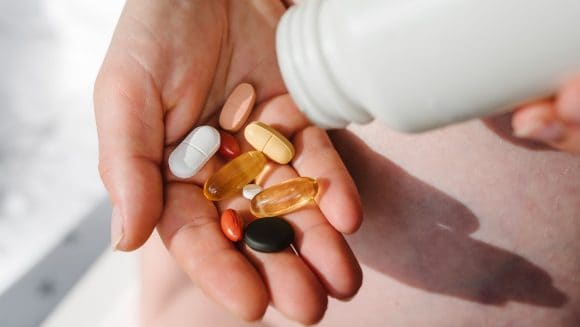Fighting the fake drugs challenge
Ensuring drug safety is vital to our health and wellbeing. Fake drugs cause economic damages for the sector and pose a serious health threat. With the counterfeit medicine market growing fast, effective solutions are needed urgently.




